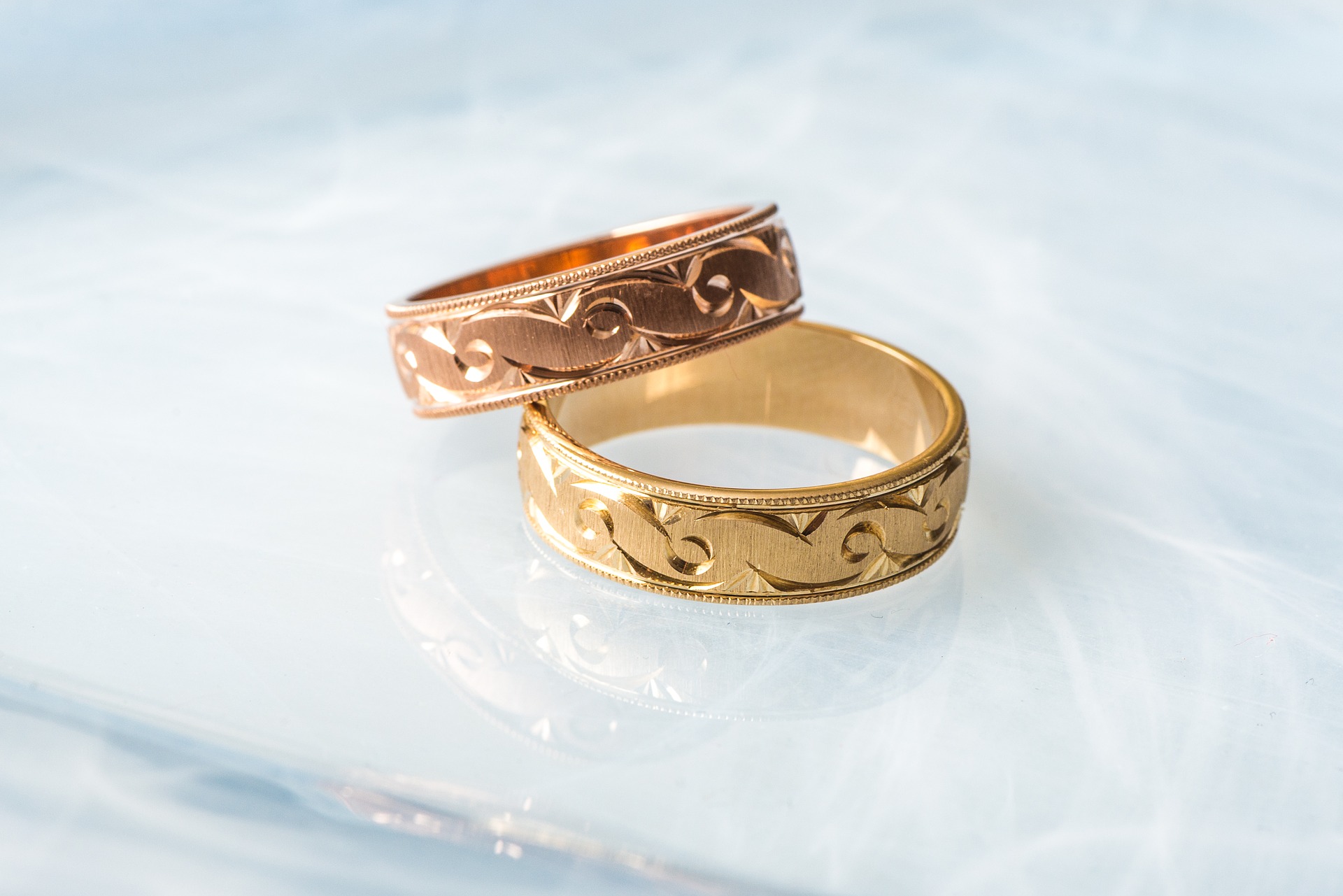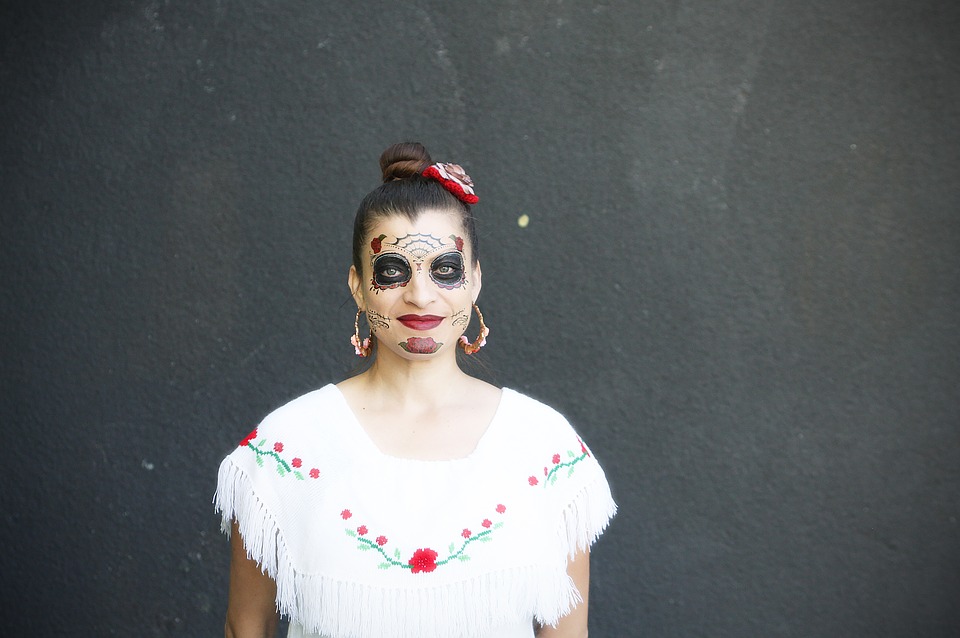It’s so easy to find cheap clothes made from synthetic materials (polyester) or natural fibers (cotton). It’s also easy to find clothing that looks like it was made by machines rather than humans (buttons instead of zippers), but we don’t think about how much time it took for that fabric to be shipped from China, stitched together by workers in Bangladesh who then get paid pennies per hour…
Fortunately there are some simple ways to start making better choices when you’re shopping for new clothes and shoes:
Where to Find Eco-Friendly Fashion
When you’re shopping for a new pair of jeans, look for the following labels:
- Sustainable practices. The Fair Trade Federation has created a label that indicates whether or not a brand uses fair trade practices. Look for this symbol on your next pair of shoes or shirt!
- Organic fabrics. If you’re interested in eco-friendly fashion, but don’t care about supporting small farmers in developing countries, then consider buying clothes made from organic cotton instead of conventional cotton (which is grown using pesticides). You’ll be helping yourself and the environment by doing so!
- Natural fibers like wool and silk are another way to go green with your wardrobe choices; these materials are less likely than synthetic ones like nylon or polyester because they don’t use petroleum during production–they come from plants instead! Plus they’re soft so they feel great against your skin while also being durable enough to last through many washings before needing replacement. Silk is also used in many party wear dresses.
How to Use Less Clothes
One of the easiest ways to reduce your environmental impact is by choosing clothes that will last longer and require fewer washings. Here are some tips:
- Choose a few high-quality pieces that you can wear over and over again, instead of buying lots of cheap clothing.
- Wash your clothes less often, or even better, just air dry them! If you do choose to wash them in the machine (and it’s okay if you want some freshness), use cold water whenever possible because hot water uses more energy than cold water does. Also keep in mind that many detergents contain chemicals like phosphates which can be harmful for lakes or rivers where they end up after being washed down drains during laundry cycles; switching from conventional detergents to natural soap could help reduce this problem!
- Recycle old clothes by giving them away as gifts or donating them to charity organizations like Goodwill Industries International Inc., who accept used items such as clothing through their “Take It Off Our Shoulders program”, Or better yet: Make sure whatever new piece(s) get purchased first are things that’ll last long enough without needing replacement–then focus on building up an inventory so there won’t be any need for replacements later either!
Recycle Your Clothing
- Donate your clothes to charity.
- Recycle them (if you can).
- Repurpose them in some way, like turning old t-shirts into cleaning rags or cutting up old jeans into patches for a new jacket.
Buy a Few High-Quality Pieces
When it comes to buying sustainable clothing, the best way to go is by investing in a few high-quality pieces. This means that you’ll need fewer items in your wardrobe and be able to wear them multiple times. It also means that the clothes will last for years (or even decades) so that you don’t have to replace them every season or year. When choosing these higher quality items, look for:
- Fabrics made from natural fibers like cotton and wool
- Natural dyes used on fabrics instead of chemical dyes which can cause allergic reactions when worn next to skin
- Fair trade practices when possible
Invest in a few pieces that you can wear over and over again
To reduce your environmental impact, it’s best to buy quality pieces that you can wear over and over again. This will allow you to get more use out of each piece of clothing and reduce the amount of new clothing that needs to be manufactured. Look for pieces with versatility so that they can be worn together in different ways or paired with other items in your wardrobe, which will help them last longer. Also consider fabrics like cotton that are soft against the skin, breathable and easy-to-wash (which means less trips to the dry cleaners).
Finally, think about durability when selecting sustainable fashion: look for items made from sturdy materials such as leather or wool rather than synthetic plastics–these will last longer than cheaper materials and won’t end up in landfills after just one season!
Choose natural fibers
Natural fibers are made from plants or animals. They’re more breathable, comfortable and durable than synthetic fibers. Because of this, natural fibers tend to last longer than man-made ones. When you buy clothes made with natural materials such as cotton or wool, you’re also helping the environment by choosing eco-friendly clothing options that don’t harm wildlife or pollute the planet with harmful chemicals.
Natural fabrics like silk come from silkworms; linen comes from flaxseed pods; wool is made from sheep and alpaca hair (or sometimes camel). These materials are better for your skin because they absorb moisture instead of repelling it like polyester does
Choose durability over fashion
The best way to help the environment is by buying clothes that last. If you’re buying fewer items and making them last longer, you’re creating less waste.
Additionally, it’s important that your clothing be versatile: you want to be able to wear a shirt with different pants or skirts and still look stylish. You also want your clothes to be able to withstand more than one season without needing repairs or replacements. And finally–this may seem obvious but it bears repeating–your garments should feel comfortable!
Be mindful of the materials used in manufacturing
When you’re shopping for new clothes, it’s important to be mindful of the materials used in their manufacturing. The following are some of the best and worst options:
- Avoid cotton that has been grown with pesticides or other chemicals.
- Avoid polyester and other synthetic fabrics that come from petroleum products.
- Avoid rayon (aka “artificial silk”), which is made from GMO cornstarch and requires massive amounts of energy to produce.
- Look for organic cotton products instead–they’re grown without pesticides and fertilizers, so they won’t harm the environment or your health!
Opt for organic fabrics
Organic fabrics are the best choice for the environment and your health. They’re made without the use of pesticides, genetic engineering, or harsh chemicals.
Organic cotton has been grown using methods that avoid chemical pesticides, synthetic fertilizers and genetically modified organisms (GMOs). Organic wool comes from sheep that are not treated with antibiotics or growth hormones. Organic silk is produced by worms fed on mulberry leaves rather than commercial feedstock such as cornmeal or soybeans–and their cocoons are not boiled in order to remove sericin proteins from raw silkworm filaments before spinning them into thread strands.
Linen fabric is made entirely out of flax fibers which have been harvested without disturbing ground ecosystems where they grow naturally so they can continue doing their job as part of nature’s ecosystem cycle. Bamboo fiber is also used by many companies today because it grows very quickly so there will always be plenty available even though demand keeps increasing every year!
You can choose a sustainable lifestyle.
Sustainable lifestyle is a way of life that attempts to minimize the use of natural resources, reduce pollution and waste, and protect the environment. It’s important because it affects everyone on earth – you may be living in an area where there are no trees or animals but they are being destroyed somewhere else so that you can enjoy your lifestyle.
The first step towards choosing a sustainable lifestyle is knowing what it means and why it’s important. The second step is making small changes in your life which will lead up to big changes over time, like buying organic food instead of non-organic food because organic has less chemicals in it which means less pollution when produced (and when disposed) compared with non-organic produce; buying clothes made out of natural materials like cotton rather than synthetic fibers like polyester because these fabrics have very different effects on our planet; recycling old electronics such as mobile phones instead throwing them away because this reduces landfills by keeping materials out there longer without breaking down into toxic compounds which would harm wildlife if released into nature’s ecosystems etcetera…
Conclusion
Now that you know more about sustainable fashion, you’re ready to make a change. You can use this knowledge as a starting point for becoming more conscious of how your choices affect the environment.





